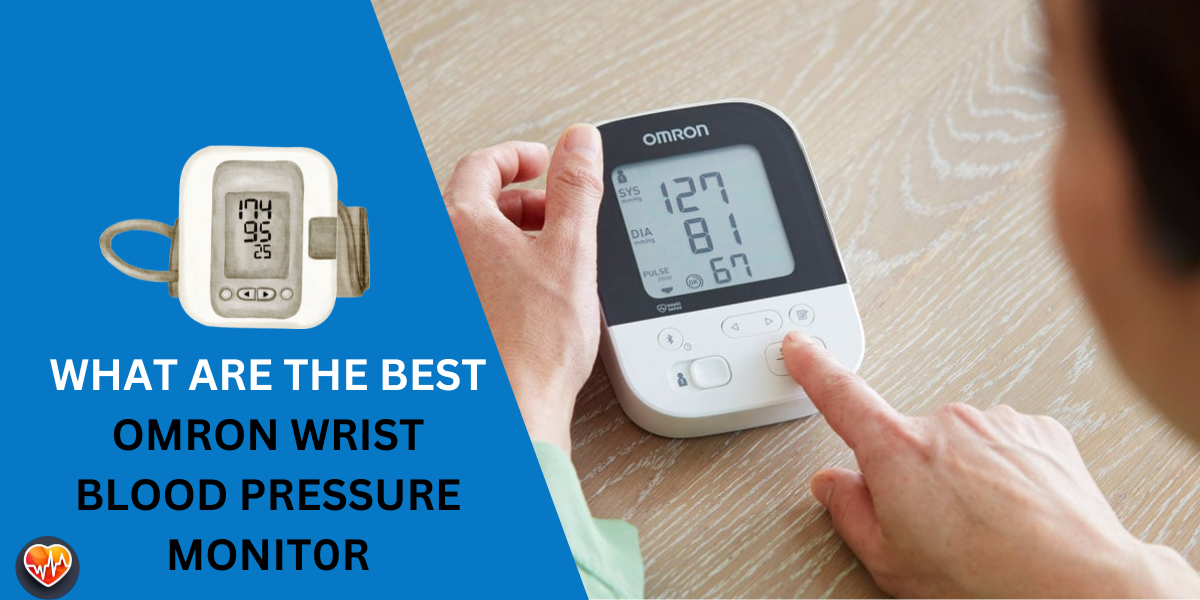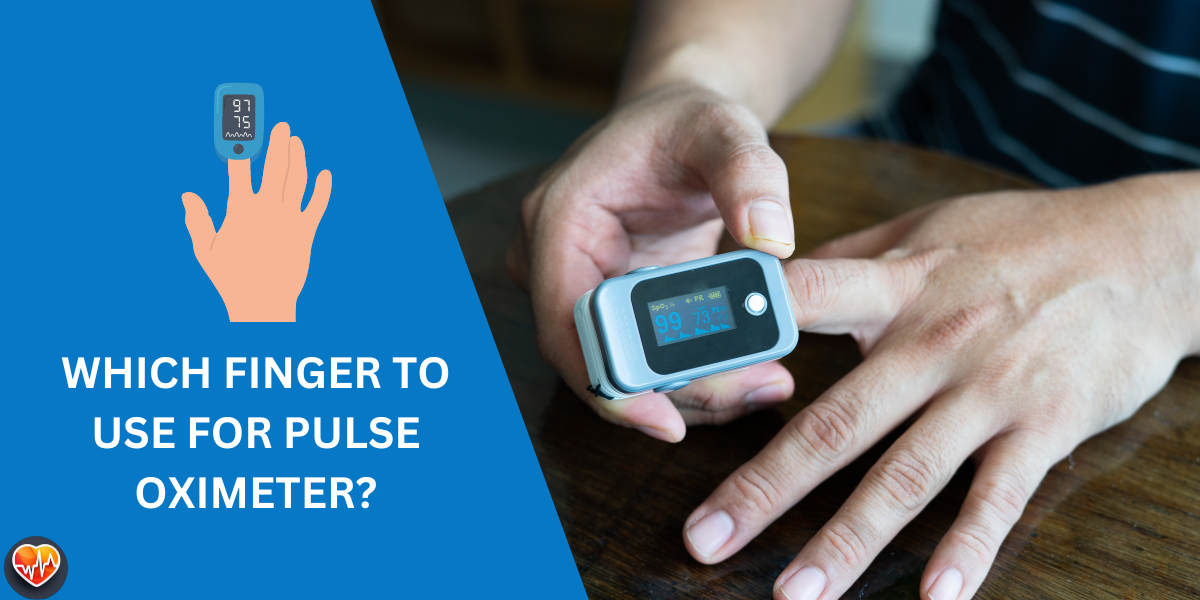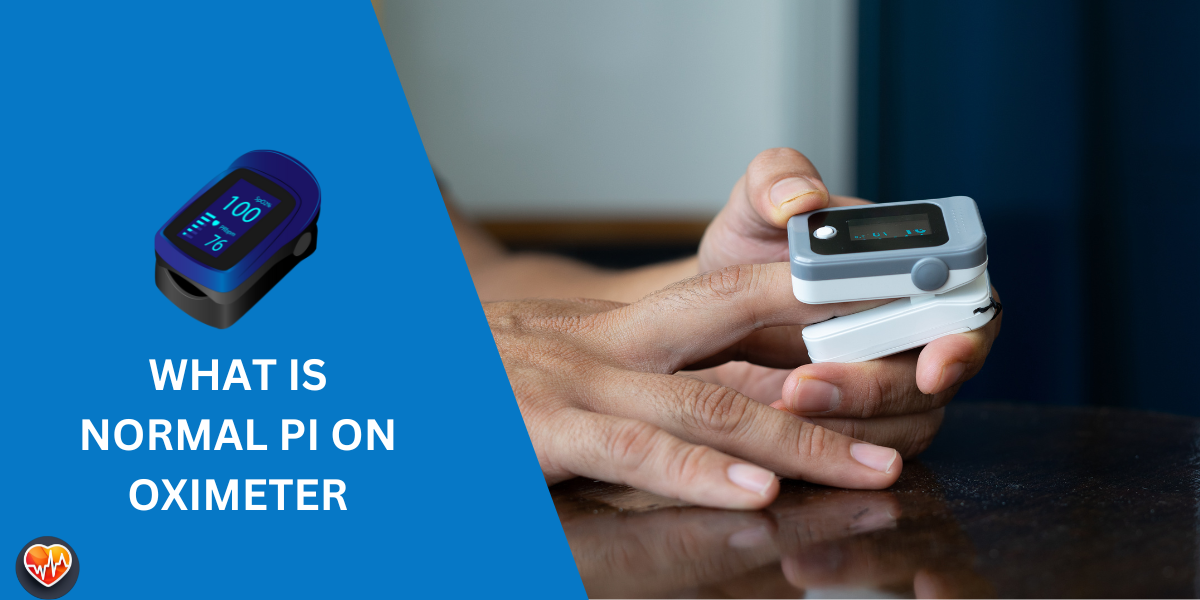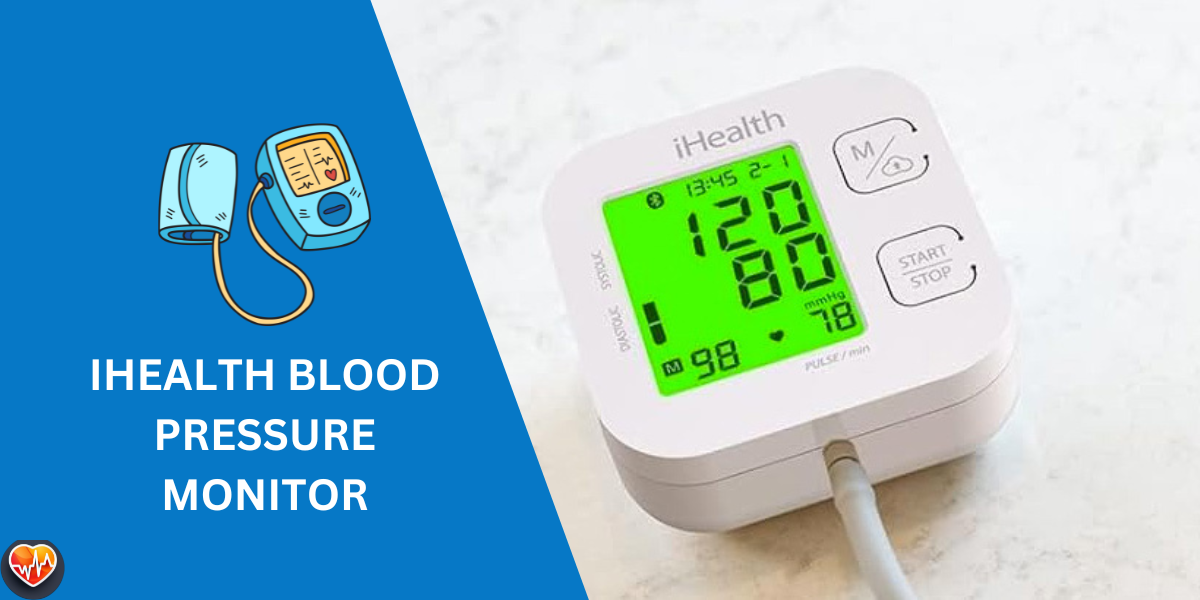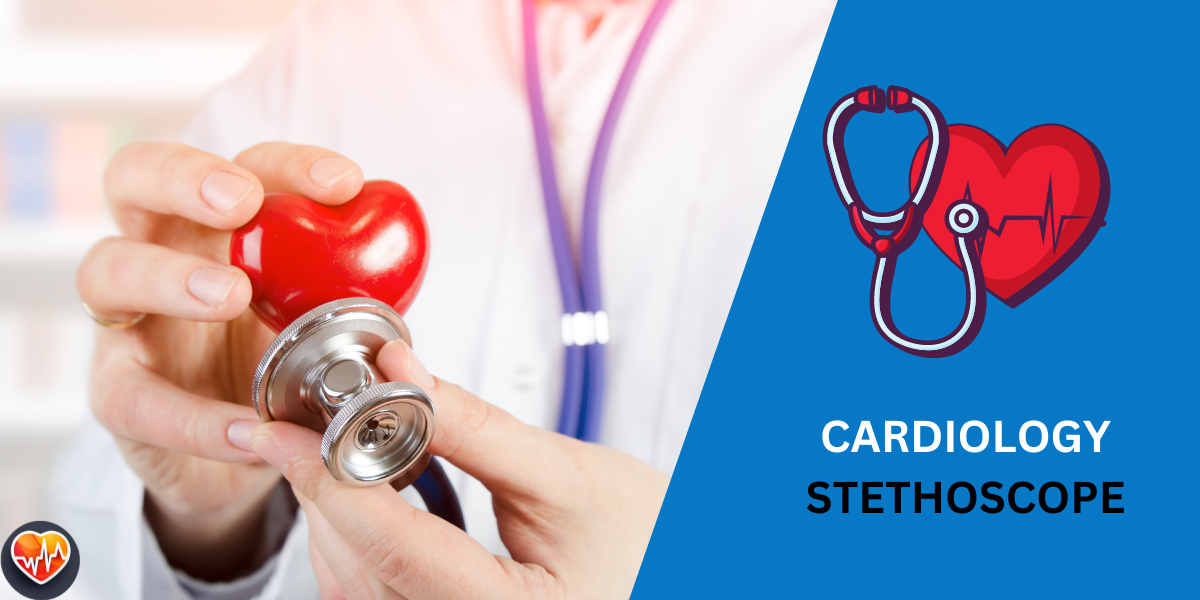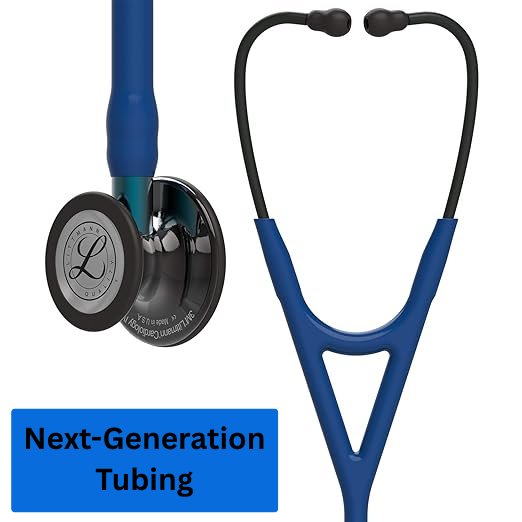
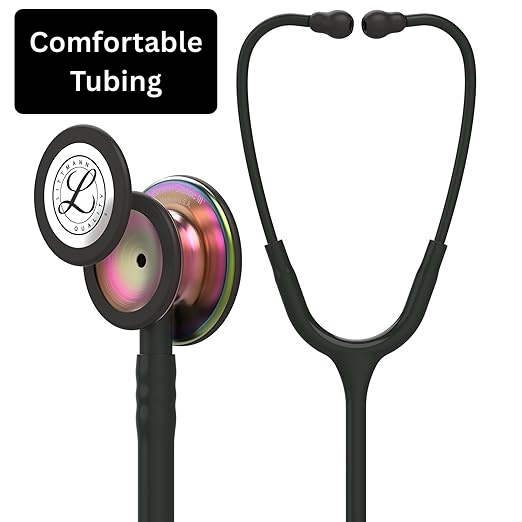
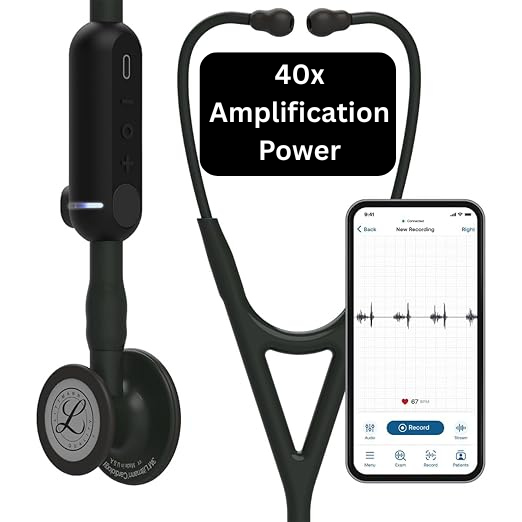

You’re trying to discern a subtle heart sound, but your stethoscope is letting you down.
The sound is muffled, unclear.
You know patient care depends on accuracy, and this uncertainty?
What if you miss something critical?
Imagine instead the crystal-clear sound of a Littmann, amplifying every detail.
We’ve done the research and narrowed it down, and here are the 6 best Littmann stethoscopes for physicians.
What is the Best Littmann Stethoscope for You?
Choosing the right stethoscope is crucial for accurate patient assessment.
With so many models available, it’s easy to feel overwhelmed.
We’ve compiled a list of the top 6 Littmann stethoscopes, considering factors like acoustics, performance, and durability.
We aim to help you make an informed decision and find the best stethoscope for your needs.
1. Littmann Cardiology IV
Think of the Master Cardiology as the premium option.
It’s got that classic feel but with top-notch sound.
If you’re serious about cardiology, this is your go-to. It’s all about the details.
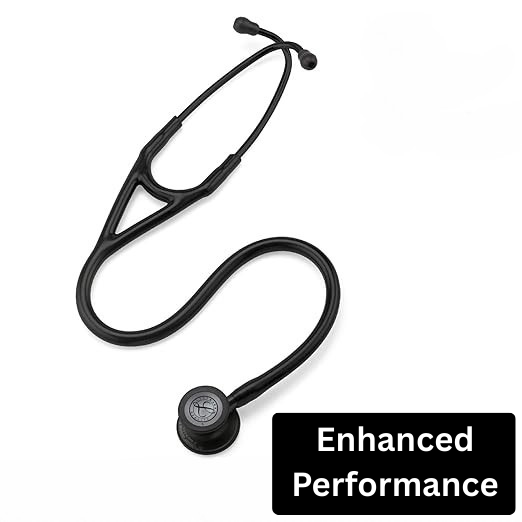
Our Take
It’s a top-tier stethoscope that delivers on its promises of exceptional sound quality and durability. The price might be a hurdle for some, but the performance is hard to beat.
Key Benefits
- Unmatched Acoustic Performance: The Cardiology IV boasts a whopping 40% larger chest piece and 60% deeper bell than the Classic III. That means you’ll hear even the faintest heart murmurs and lung sounds.
- Tunable Diaphragm: Easily switch between high and low frequencies with a simple pressure change.
- Durability: Built to last, this stethoscope comes with a 7-year warranty.
- Comfort: Despite its size, it’s surprisingly lightweight and comfortable, even during those marathon shifts.
- Special Editions: Choose from a range of colors and finishes, including the sleek black smoke or the classic black.
Pricing
- Starting Price: $175.75
- Upgrades: You can add engraving for personalization or opt for a longer tube length for added reach.
Pros
Cons
2. Littmann Master Cardiology
This stethoscope is the discerning listener’s choice.
If you’re a cardiology enthusiast or a specialist who demands the absolute best in acoustic performance, this is your stethoscope.
It’s like having a high-definition sound system for your ears—every heartbeat and murmur comes through crystal clear.
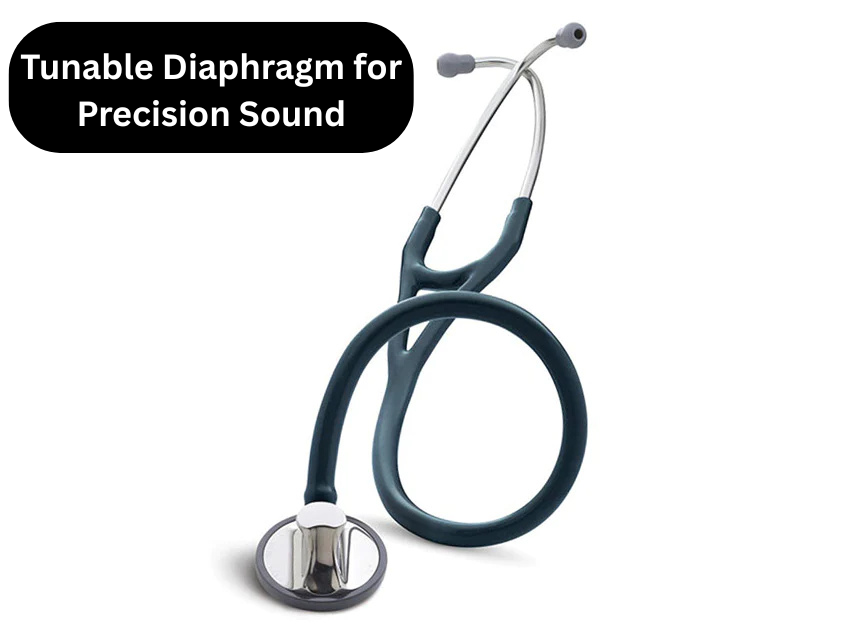
Our Take
It’s a fantastic stethoscope for those who prioritize superior sound quality. It’s comfortable, durable, and built to last. While the price is high, it’s an investment in your ability to hear every detail.
Key Benefits
- Exceptional Acoustics: The Master Cardiology has a tunable diaphragm that’s even more sensitive than the Cardiology IV. It picks up subtle sounds that other stethoscopes might miss.
- Dual Lumen Tubing: Two sound paths in one tube eliminate the rubbing noise that can mask sounds.
- Comfort: Ergonomic design and soft-sealing ear tips ensure a snug fit that won’t tire you out.
- Durability: Built like a tank, this stethoscope is backed by a 7-year warranty.
- Special Editions: A few unique finishes are available, but most users prefer the classic look.
Pricing
- Starting Price: $196.32
- Upgrades: You can personalize it with engraving, but there are a few other options to customize.
Pros
Cons
3. Littmann Classic III
This is the stethoscope you’ve probably seen in every doctor’s office and hospital.
It’s a classic for a reason. It’s reliable, versatile, and affordable.
Whether you’re a nursing student, a family doctor, or a seasoned nurse practitioner, the Classic III delivers a solid performance without breaking the bank.
It’s like your favorite pair of jeans – familiar, comfortable, and always gets the job done.

Our Take
It’s a reliable workhorse that offers great value and performance for most healthcare professionals. While it may not have all the bells and whistles of the more expensive models, it’s a solid choice for everyday use.
Key Benefits
- Solid Acoustic Performance: While not as sensitive as the Cardiology models, the Classic III still delivers clear sound for most clinical settings.
- Tunable Diaphragm: Easily switch between high and low frequencies by adjusting the pressure.
- Wide Range of Colors: This stethoscope comes in a rainbow of shades, so you can match your scrubs or show off your personality.
- Durable: Build to tackle daily wear and tear, it comes with a 5-year warranty.
- Comfort: Lightweight and with soft-sealing ear tips, it’s easy on the ears, even during long shifts.
Pricing
- Starting Price: $102.80
- Upgrades: You can personalize it with engraving, a longer tube, or even a non-chill rim for sensitive patients.
Pros
Cons
4. Littmann Lightweight II S.E.
This stethoscope is the featherweight champ of the Littmann lineup.
If you’re constantly on the move or want something that won’t weigh you down, this is your go-to.
It might not have all the bells and whistles of its pricier siblings, but it delivers solid performance at an unbeatable price.
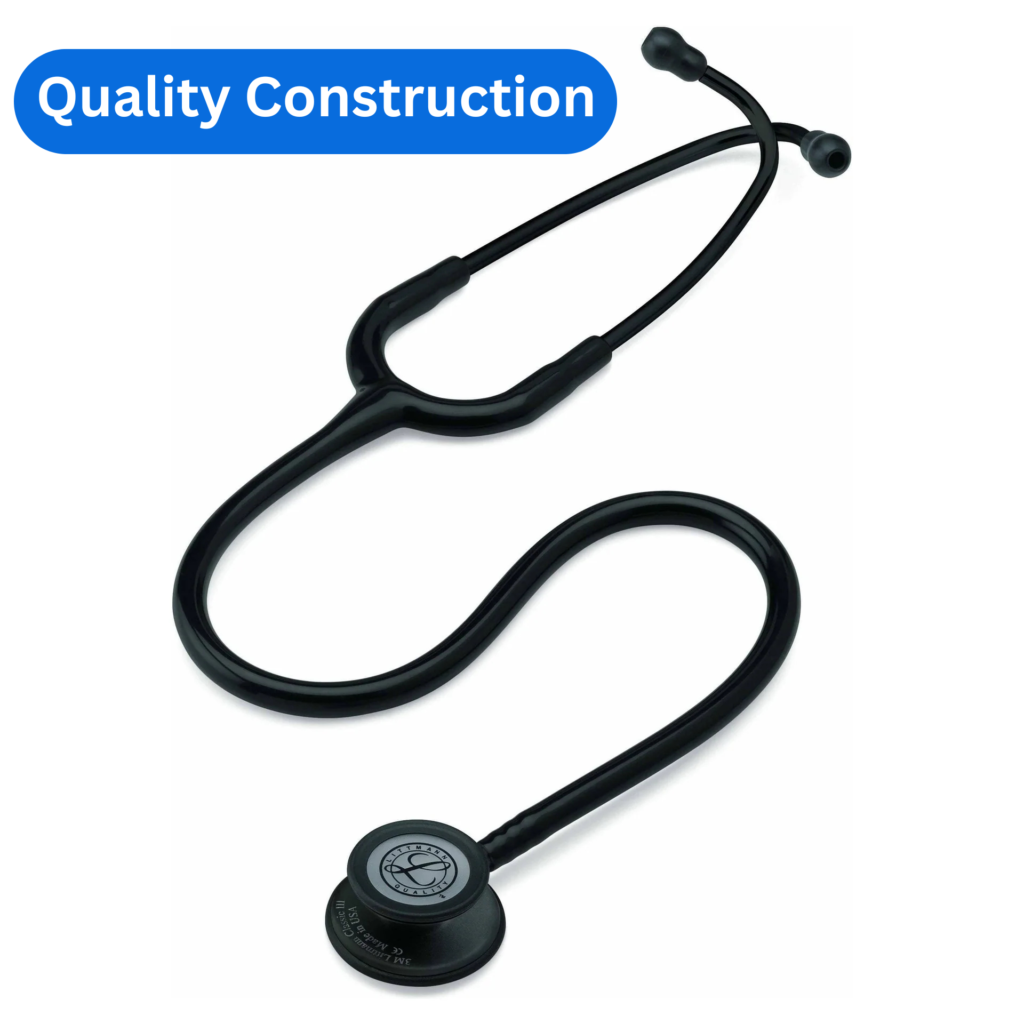
Our Take
It’s a fantastic option for those who prioritize comfort and affordability. While it may not have the same acoustic performance as some of the higher-end models, it’s a reliable and practical choice for many healthcare professionals. Littmann Lightweight II S.E.
Key Benefits
- Lightweight: At just 118 grams, it’s the lightest Littmann stethoscope for adults. You’ll barely notice it’s around your neck.
- Tunable Diaphragm: Switch between high and low frequencies with a simple pressure change.
- Comfortable: The teardrop-shaped chest piece fits comfortably under blood pressure cuffs and around bandages.
- Variety of Colors: Choose from several cheerful hues to add a pop of color to your workday.
- Affordable: It’s one of the most budget-friendly options from Littmann.
Pricing
- Starting Price: $47.13
- Upgrades: You can personalize it with engraving, but there aren’t many other upgrade options available.
Pros
Cons
5. Littmann CORE Digital
This isn’t your grandma’s stethoscope.
The Littmann CORE is a digital powerhouse, combining classic Littmann acoustics with cutting-edge technology.
If you’re tech-savvy and want to elevate your auscultation game, this is the stethoscope for you.
It’s like having a sound studio in your pocket, with the ability to record, amplify, and analyze sounds like never before.
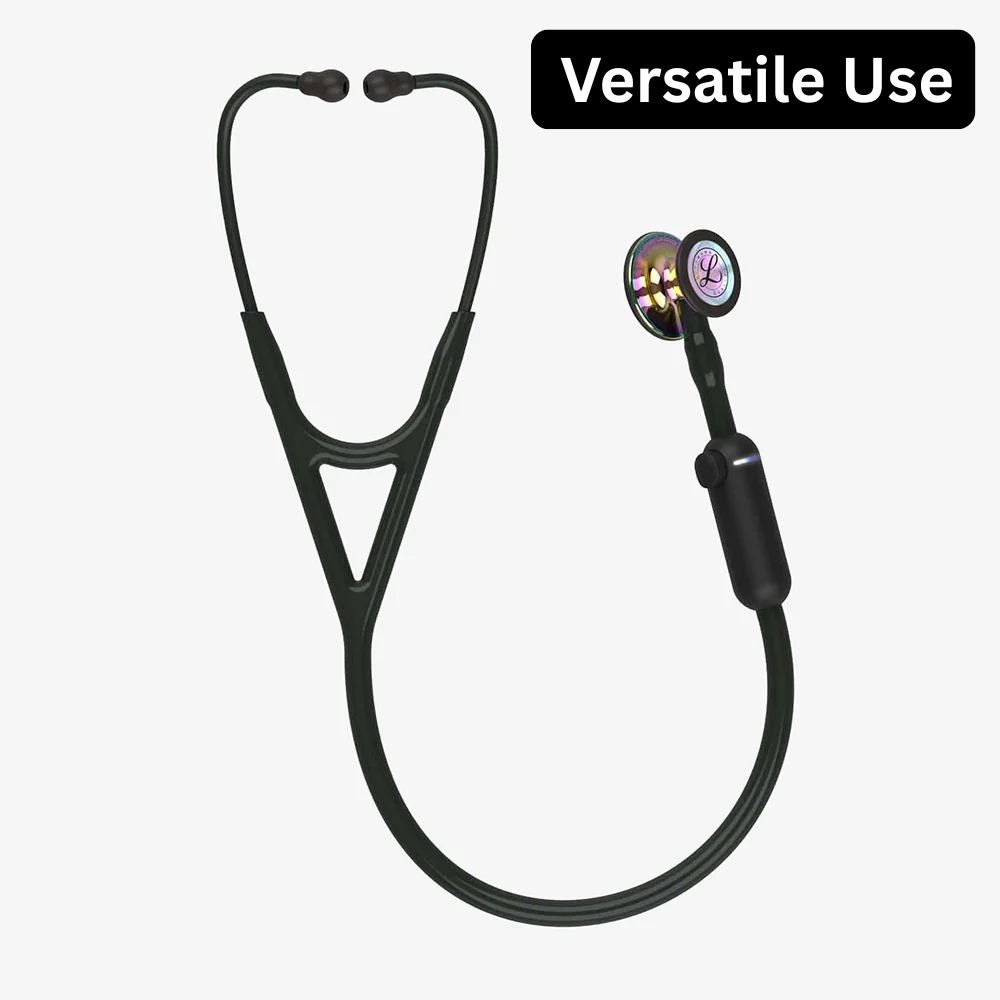
Our Take
It’s a fantastic tool for those who embrace technology and want to enhance their auscultation capabilities. While it may be pricey and have a learning curve, the features and functionality it offers are truly impressive.
Key Benefits
- Digital Amplification: Boost sound up to 40x louder than a traditional stethoscope.
- Active Noise Cancellation: It reduces ambient noise by up to 85%, so you can focus on the sounds that matter.
- Wireless Connectivity: Pair it with your smartphone or tablet to visualize, record, and share sounds.
- Littmann App Integration: Access a library of heart and lung sounds for comparison and learning.
- Tunable Diaphragm: It still has the classic Littmann feature for switching between frequencies.
- Durable Design: It is built to last, and the rechargeable battery helps you use it up to 10 hours continuously.
Pricing
- Starting Price: $276.20
- Upgrades: The CORE comes with everything you need, but there are no additional upgrades available at this time.
Pros
Cons
6. Littmann Classic II
This one’s for the little ones.
The Littmann Classic II Pediatric is designed specifically for infant and pediatric patients.
It’s all about precision and comfort for smaller patients.
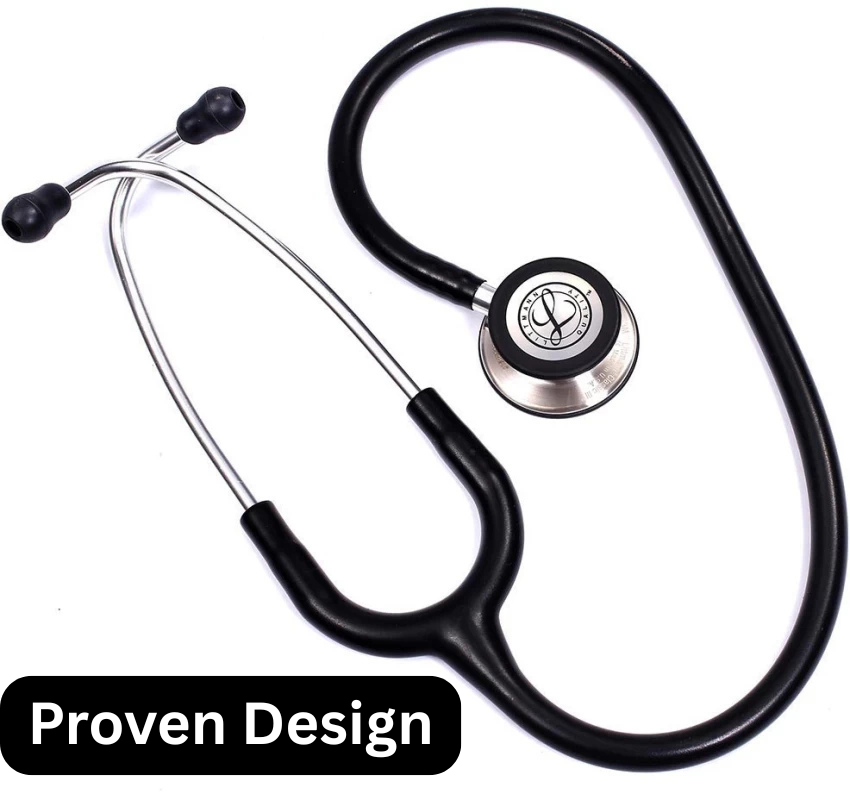
Our Take
It excels in its specific purpose. The only drawbacks are its limited use for adults and the 3-year warranty.
Key Benefits
- Specifically Designed for Pediatrics: Smaller chestpiece for accurate assessment.
- High Acoustic Sensitivity: Reliable sound quality for pediatric diagnosis.
- Dual-Sided Chestpiece: A Smaller bell and diaphragm for pediatric patients.
- Specialty: Ideal for pediatricians, nurses, and medical professionals working with children.
- Tunable Diaphragm: on the larger side of the chest piece.
- 3-year warranty.
- Variety of fun colour options.
Pricing
- Starting Price: $104.16
- Upgrades: The CORE comes with everything you need, but there are no additional upgrades available at this time.
Pros
Cons
What to Look For When Choosing Littmann Stethescop?
Consider these key factors:
- Acoustic Performance: How well does it amplify sound? (Crucial for accurate diagnosis.)
- Durability: Is the material and build quality robust? (Think stainless steel and durable tubing.)
- Comfort: Is it lightweight and ergonomic? (Important for long shifts.)
- Specialty: Does it suit your medical field? (Cardiology, pediatric, etc.)
- Tunable Diaphragm: Does it offer versatile frequency response? (Tunable diaphragm is a must-have)
- Digital Capabilities: Does it offer digital amplification or recording? (Littmann CORE is a great example.)
- Chestpiece Size: Does the chest piece come in the right size for your patients (infant, adult)?
- Noise Reduction: How well does it minimize external noise? (Important in busy healthcare environments.)
- Sensitivity: How sensitive is the instrument?
- Bell and diaphragm quality.
- Pressure sensitivity.
How Can Stethoscopes Benefit You?
A quality stethoscope, like a 3M Littmann, is more than just a medical instrument.
It’s your primary tool for accurate assessment and diagnosis.
Whether you’re using a 3M Littmann Classic or the cutting-edge core digital stethoscope.
These tools enhance your ability to detect subtle changes in a patient’s condition.
For pediatric specialists, the classic II pediatric stethoscope ensures precise auscultation in a sensitive population.
In the fast-paced healthcare environment, a reliable stethoscope is essential.
The right material and design, like those found in 3M™ products, ensure durability and comfort.
A Littmann Classic III stethoscope allows you to hear with clarity, reducing the impact of a noisy environment on your physical assessment.
Using a 3M™ Littmann® product will make you feel confident in your diagnosis.

Buyer’s Guide
To bring you the most reliable recommendations for the 3M™ Littmann® Classic and other models, we followed a rigorous research process:
- Product Analysis: We started by analyzing the detailed specifications and features of each Littmann stethoscope model.
- User Reviews: We scoured countless user reviews and testimonials from medical professionals to gather real-world experiences.
- Expert Opinions: We consulted with experienced clinicians and cardiologists to gain insights into each stethoscope’s performance and reliability.
- Pricing Evaluation: We compared the pricing of each model across various retailers to ensure we were providing accurate and up-to-date information.
- Feature Comparison: We meticulously compared each stethoscope’s key features, including acoustic sensitivity, durability, and comfort.
- Identified Negatives: We paid close attention to any recurring negatives or drawbacks mentioned by users and experts.
- Warranty and Support: We researched 3 M’s warranty policies and customer support, including any potential refund policies or support communities.
- Hands-on Testing: Where possible, we conducted hands-on testing to evaluate the sound quality and ergonomics of each stethoscope.
Wrapping Up
So, we’ve covered a lot about Littmann stethoscopes.
You’ve seen the best picks, from the powerful Cardiology IV to the kid-friendly Classic II Pediatric.
Picking the right stethoscope matters. It helps you do your job better.
You need clear sound and a tool that lasts.
We’ve done the hard work of digging into the details so you can focus on your patients.
We looked at what experts say and what users really think.
You can trust this guide to help you find the best Littmann for your needs.
Frequently Asked Questions
Which Littmann stethoscope has the best sound quality?
The Littmann Cardiology IV and Master Cardiology models offer the highest acoustic performance. They’re designed for detailed auscultation, making them ideal for cardiologists and those needing to hear subtle sounds.
Is the Littmann Classic III good for medical students?
Yes, the Littmann Classic III is an excellent choice for medical students. It offers a good balance of acoustic performance and affordability, and it’s versatile enough for general use and learning.
What’s the difference between the Littmann Cardiology IV and Master Cardiology?
The Master of Cardiology has a handcrafted chest piece and slightly superior acoustic sensitivity. Cardiology IV has enhanced durability and redesigned tubing. Both are top-tier, but the Master of Cardiology is generally considered the premium choice.
Is the Littmann CORE Digital worth the extra cost?
Yes, if you need digital amplification and recording. The Littmann CORE Digital offers these features and allows for easy recording sharing. It’s beneficial for those who want to integrate technology into their practice.
How do I clean my Littmann stethoscope?
Clean your Littmann stethoscope with a 70% isopropyl alcohol wipe. Avoid immersing it in liquids or using harsh chemicals. Regularly clean the eartips and diaphragm to maintain hygiene and performance.



